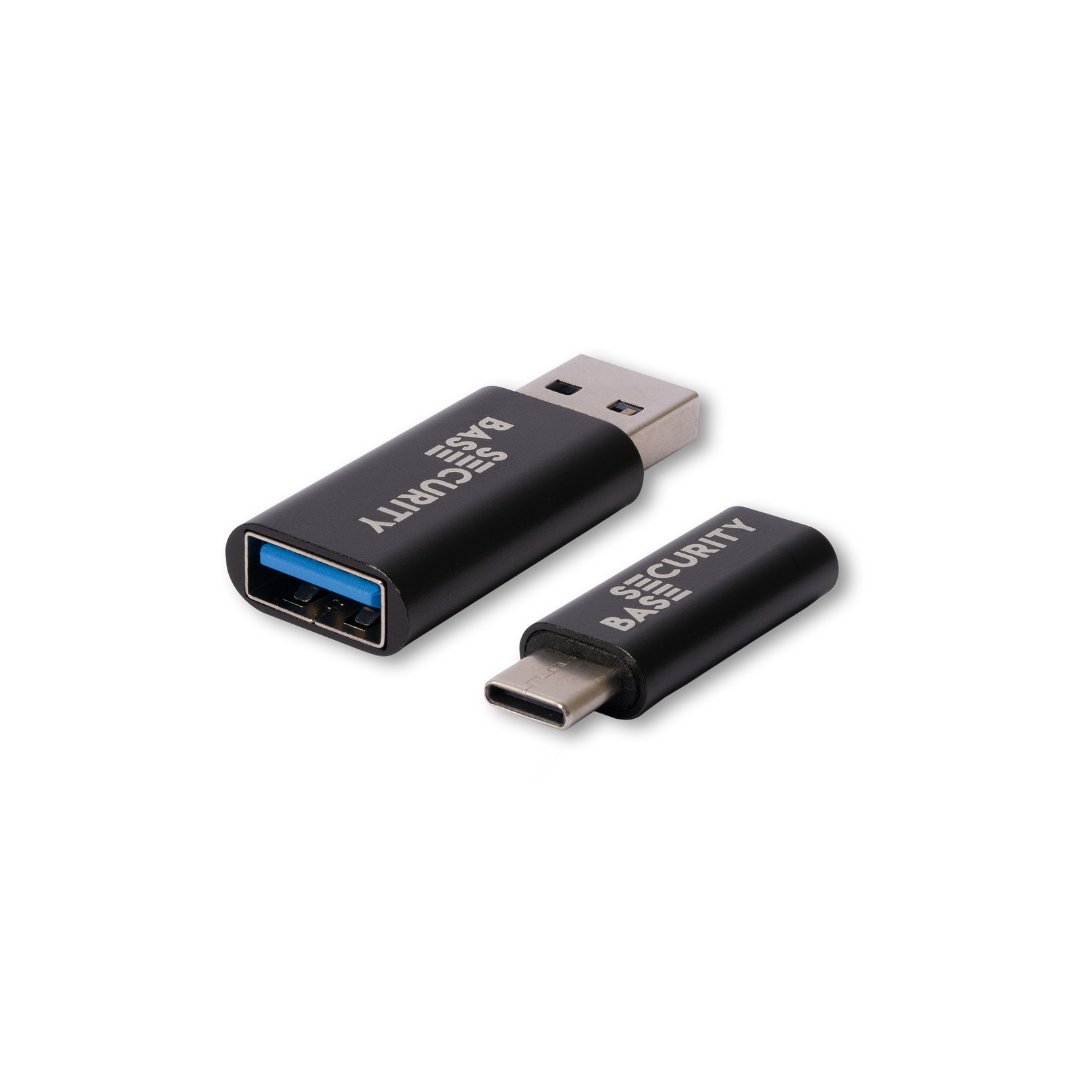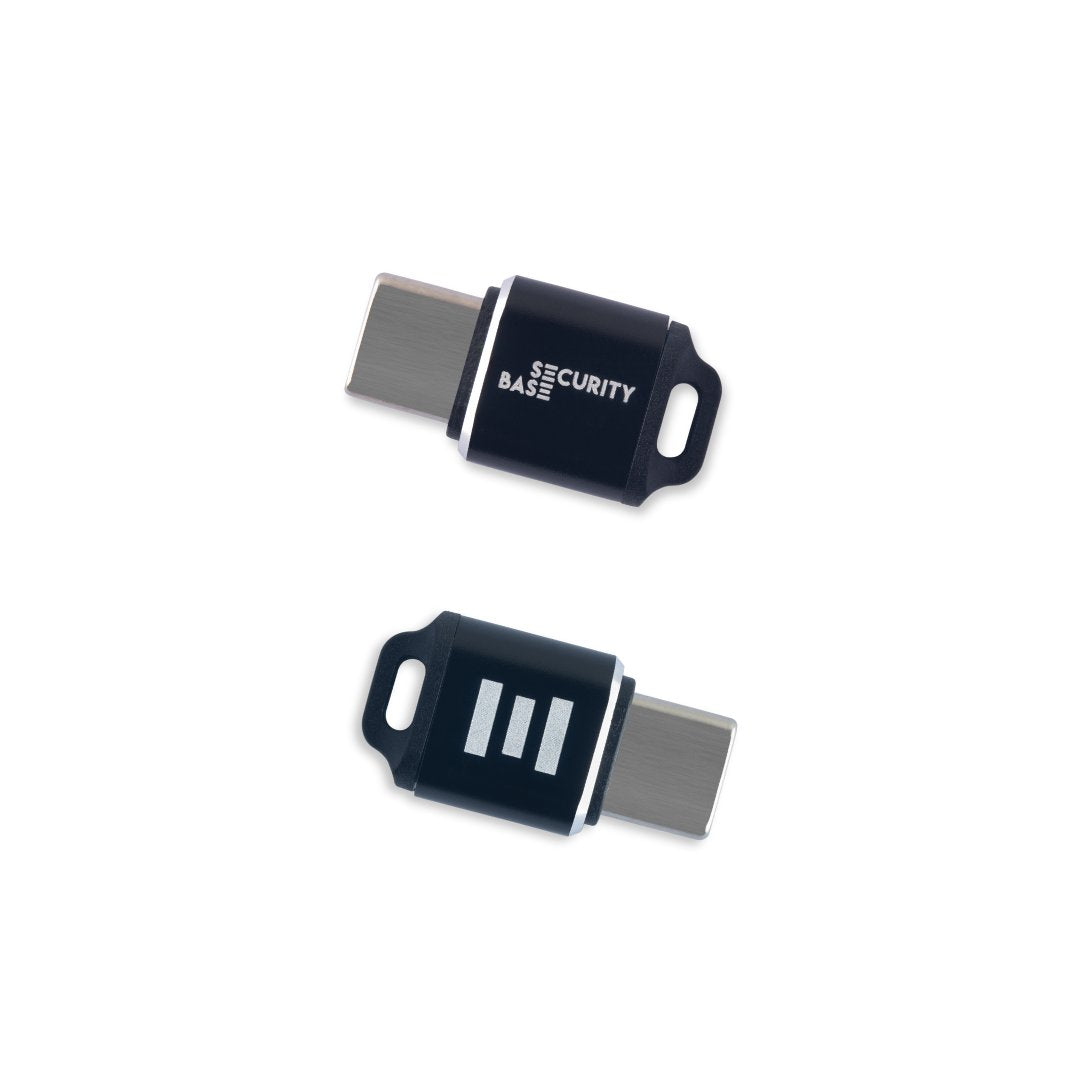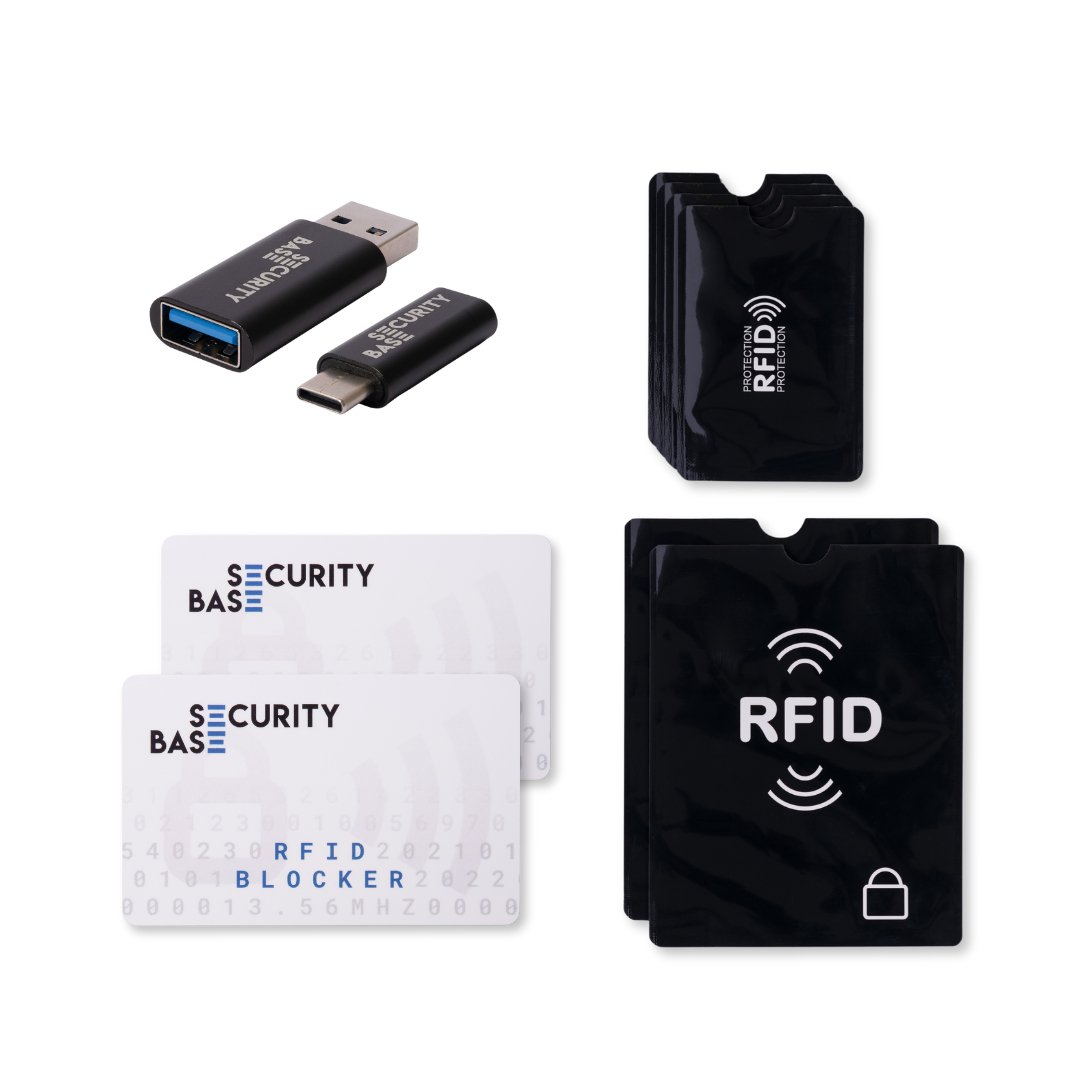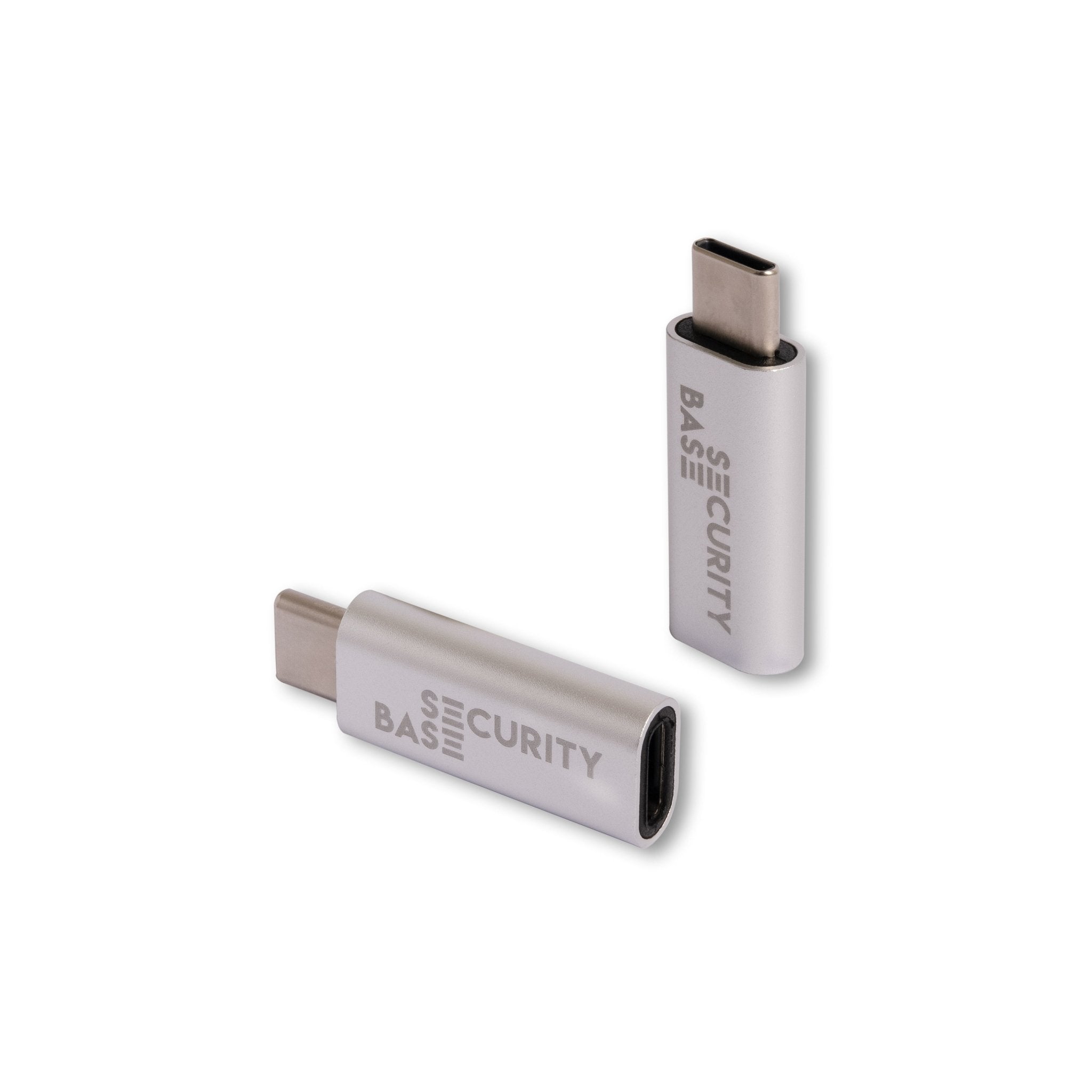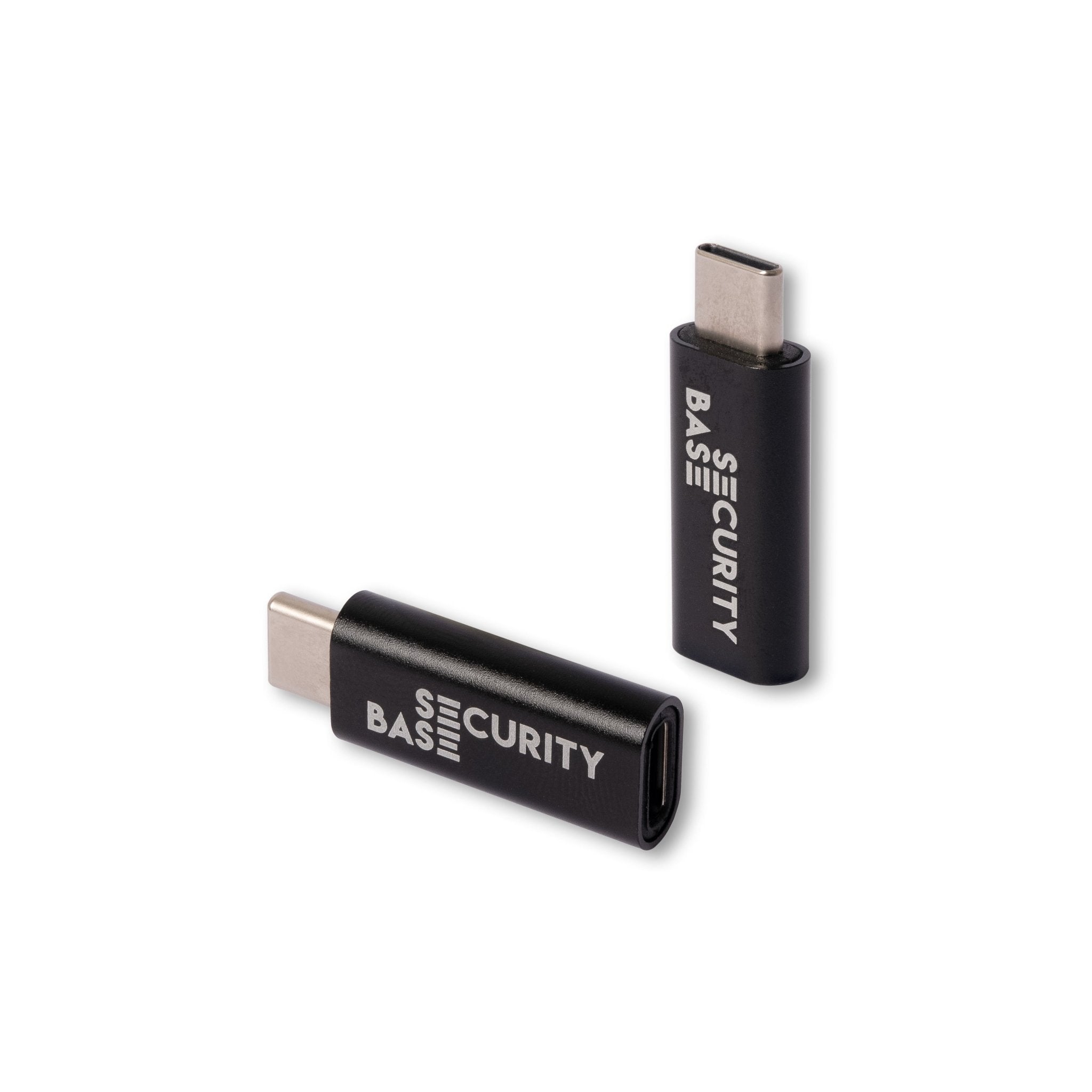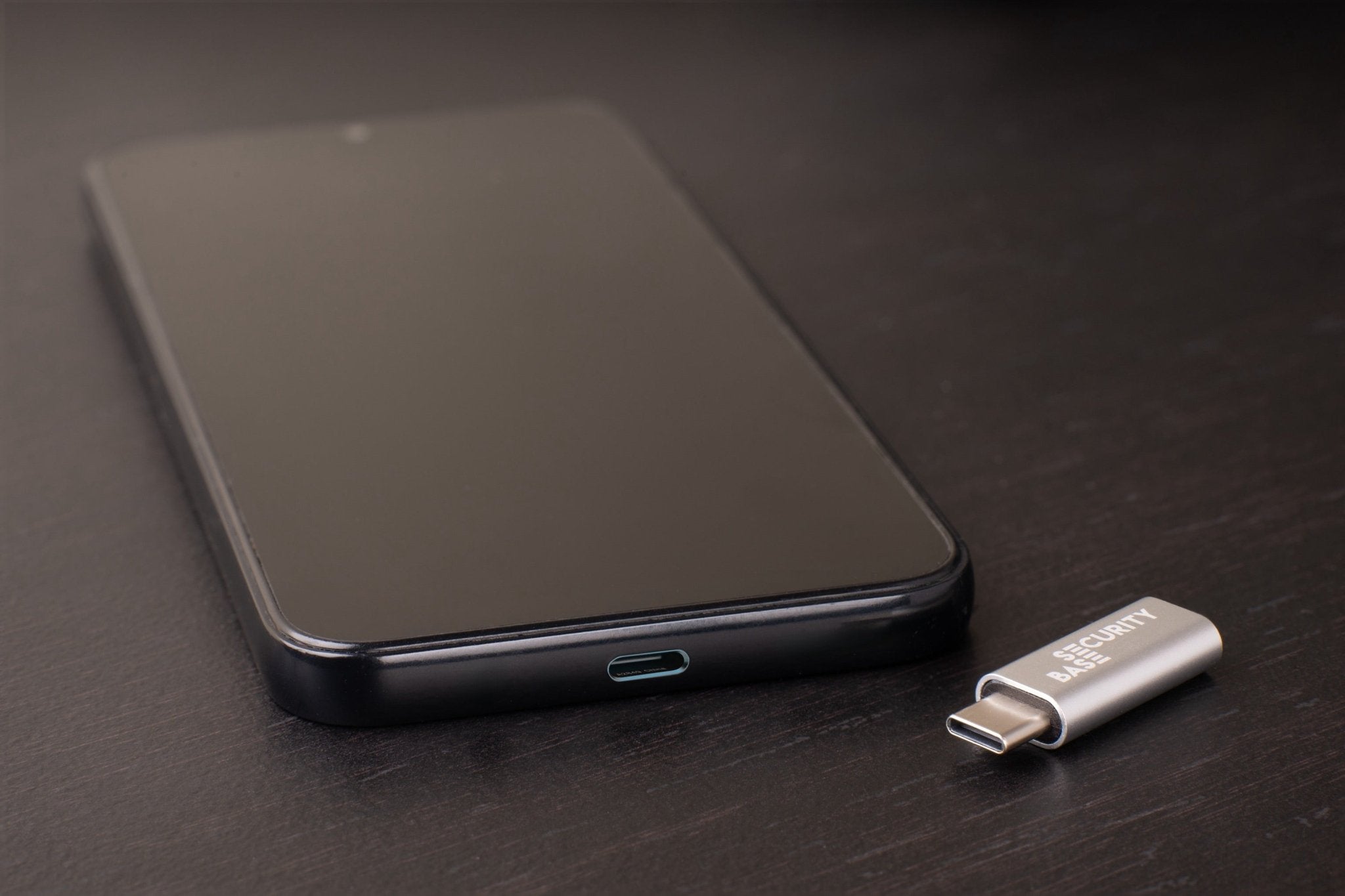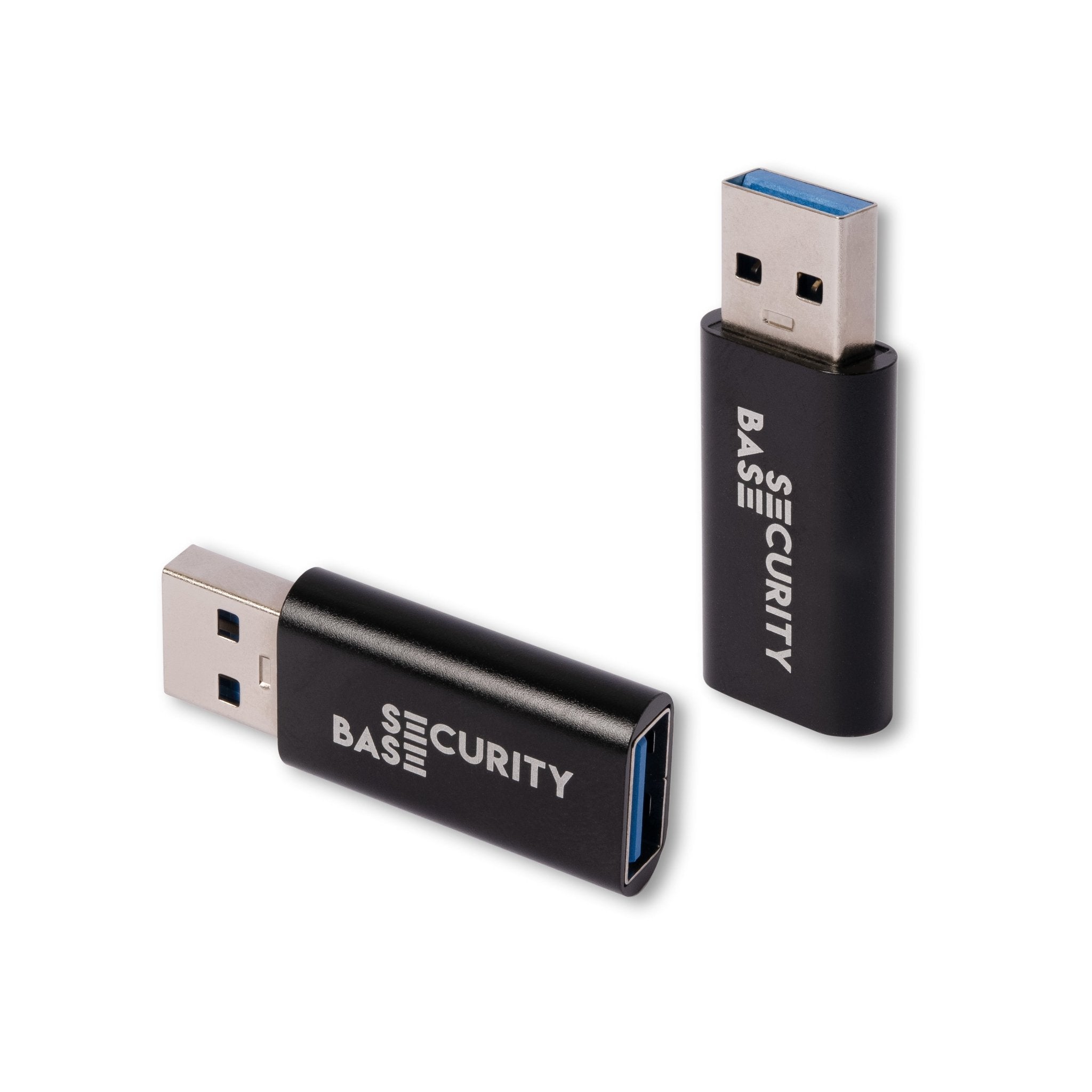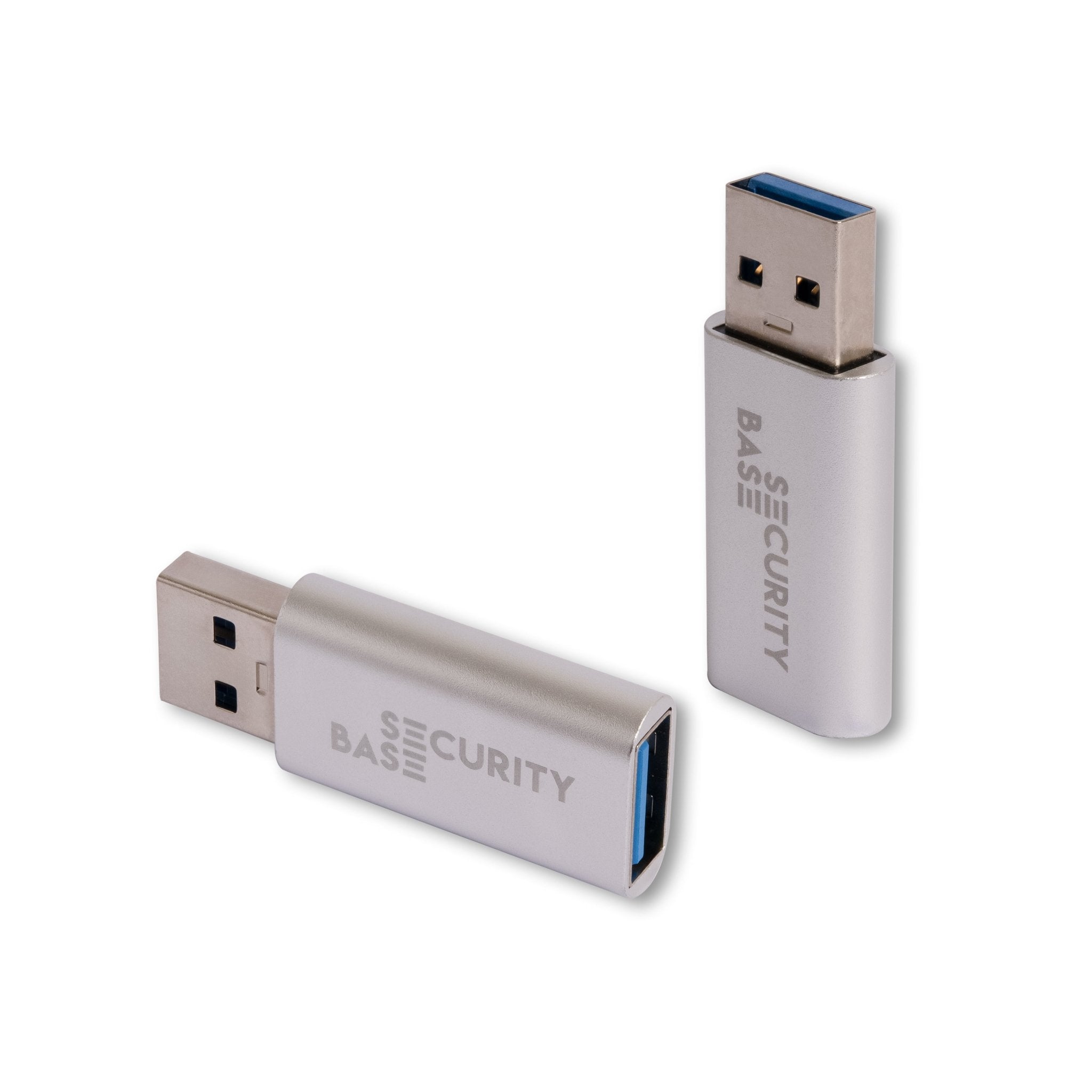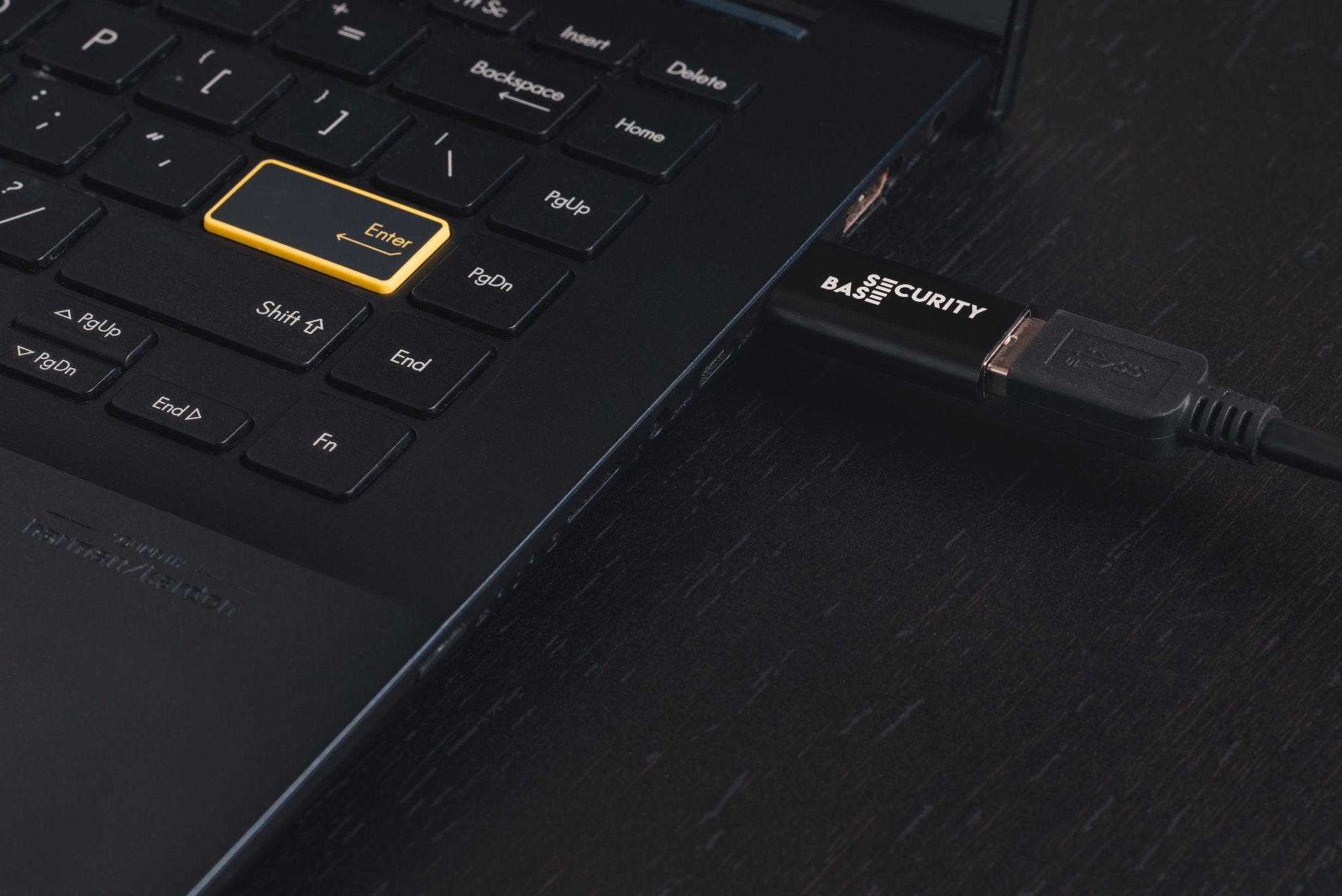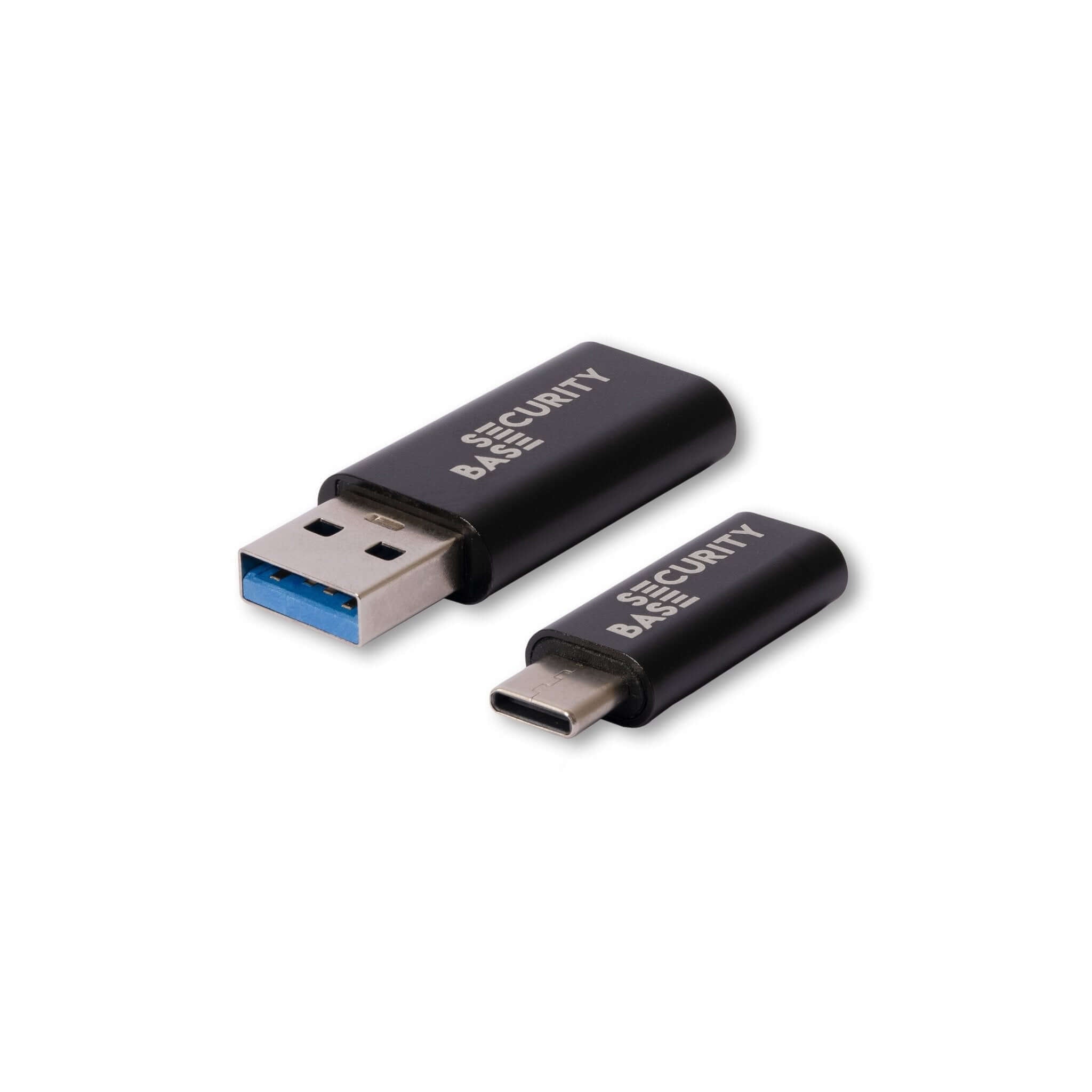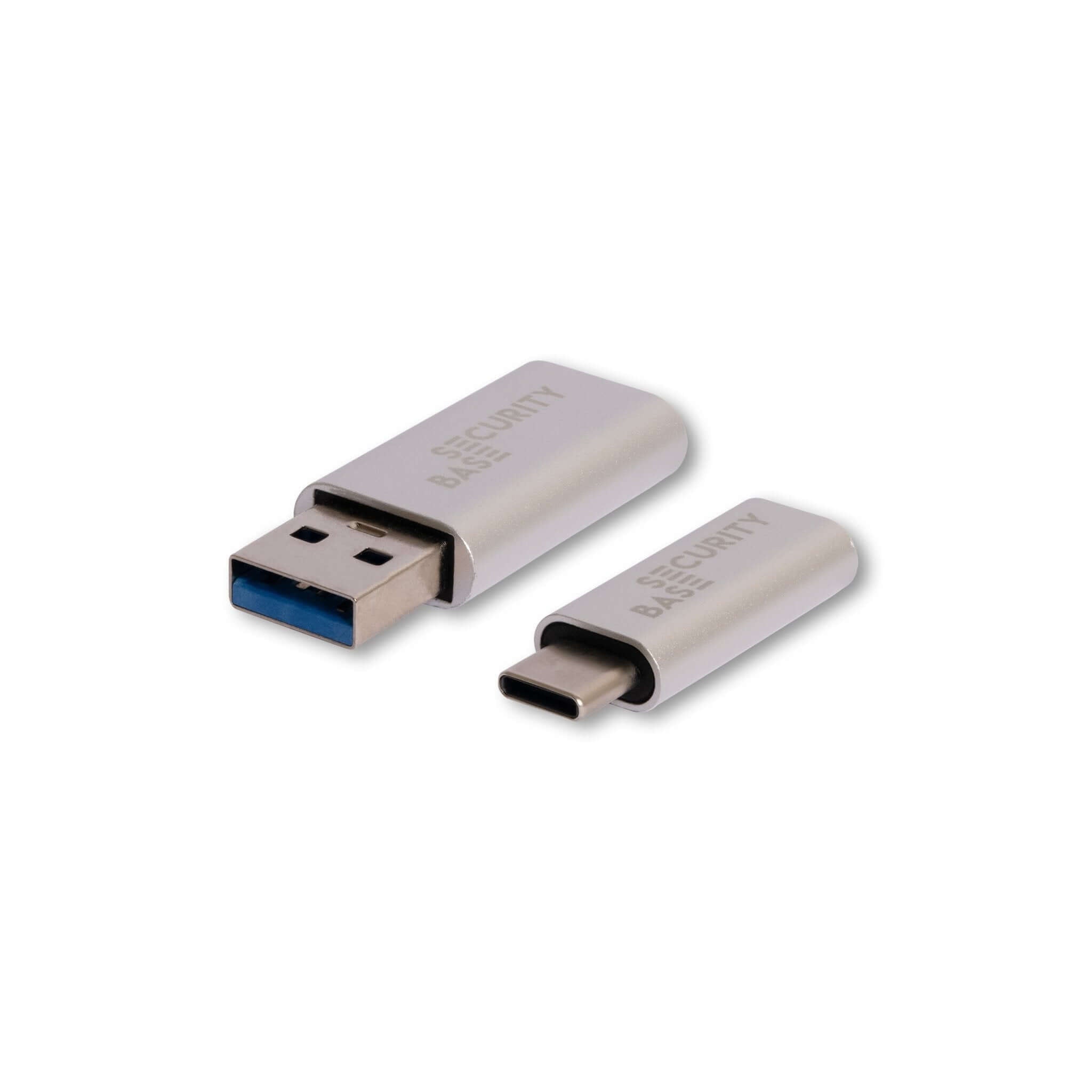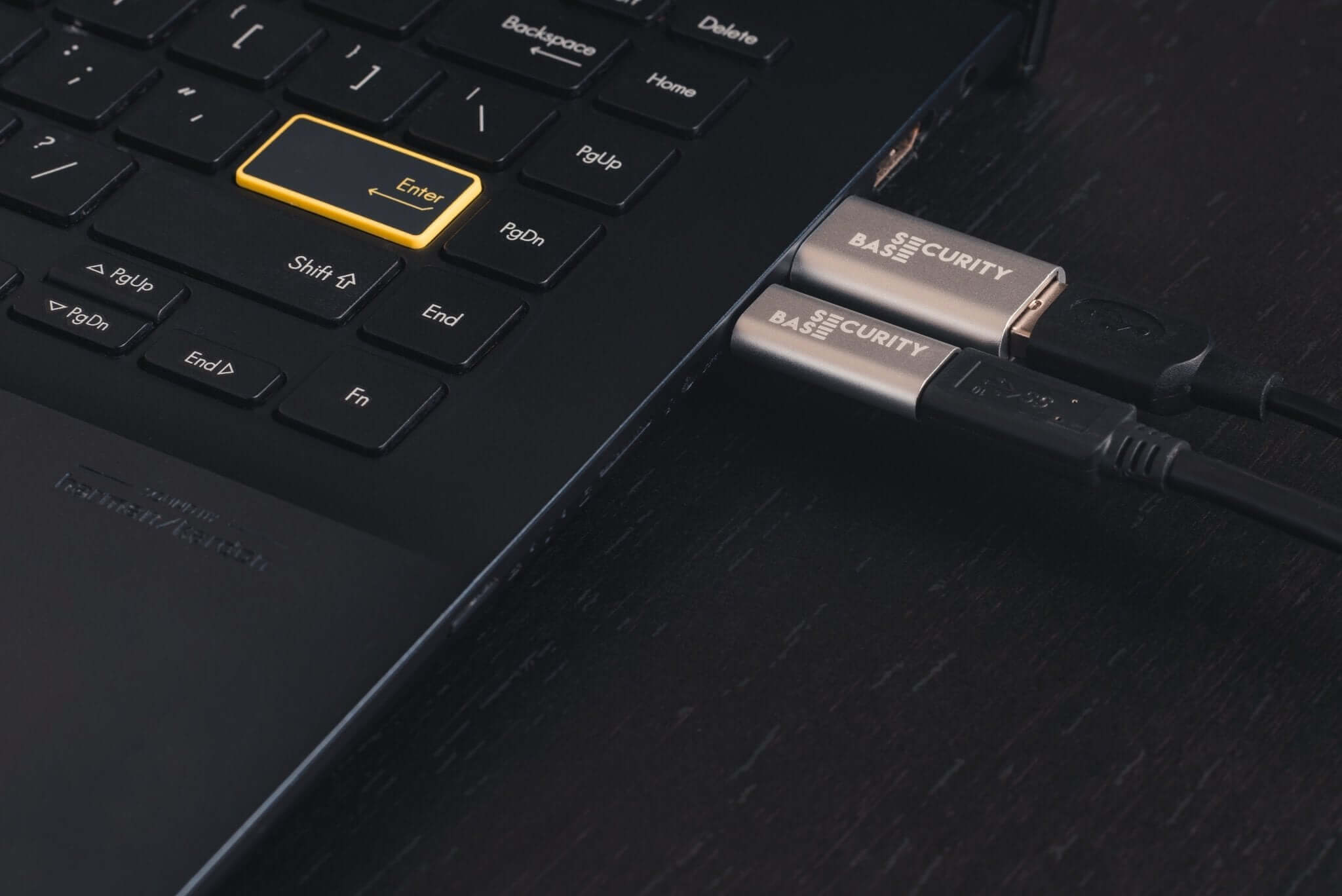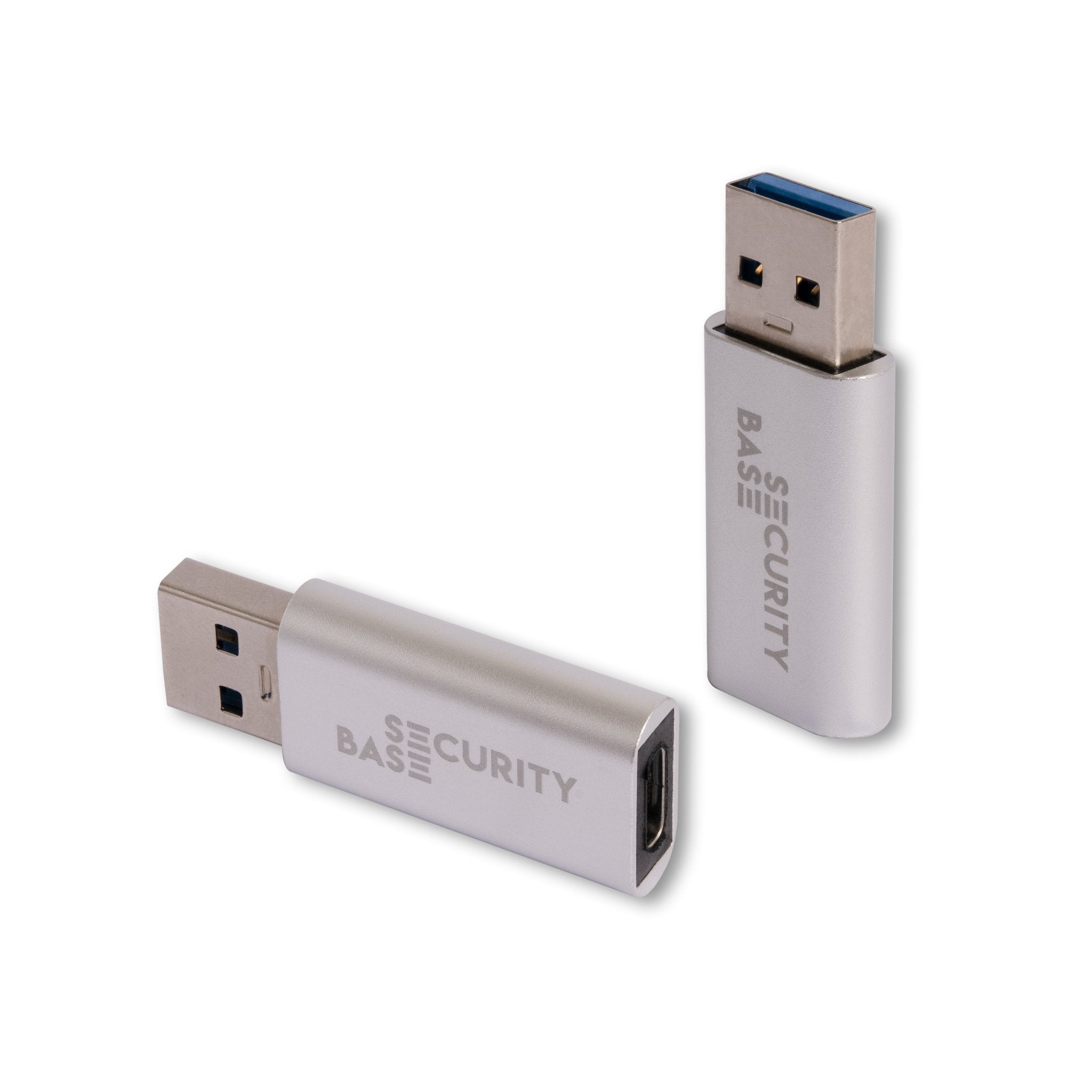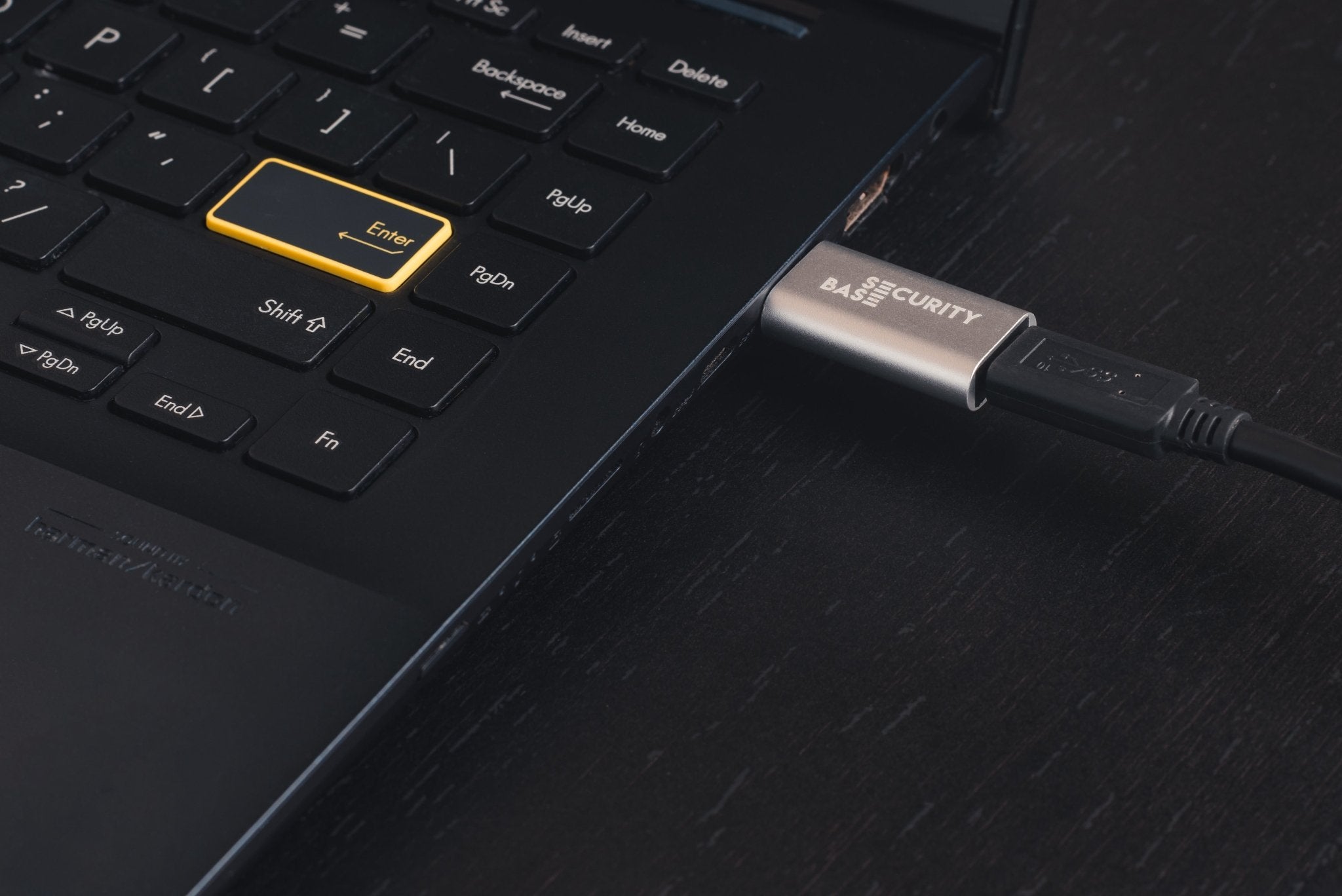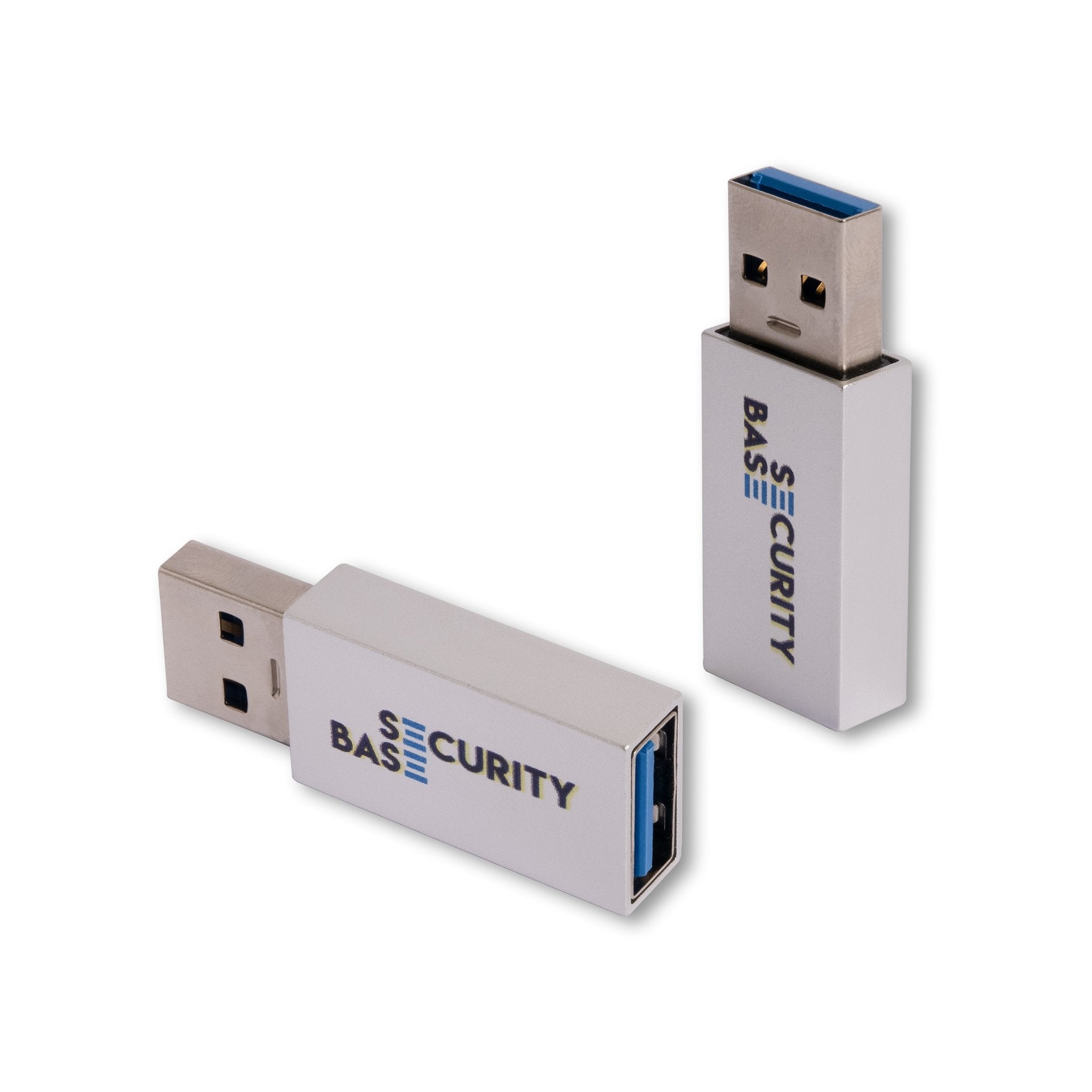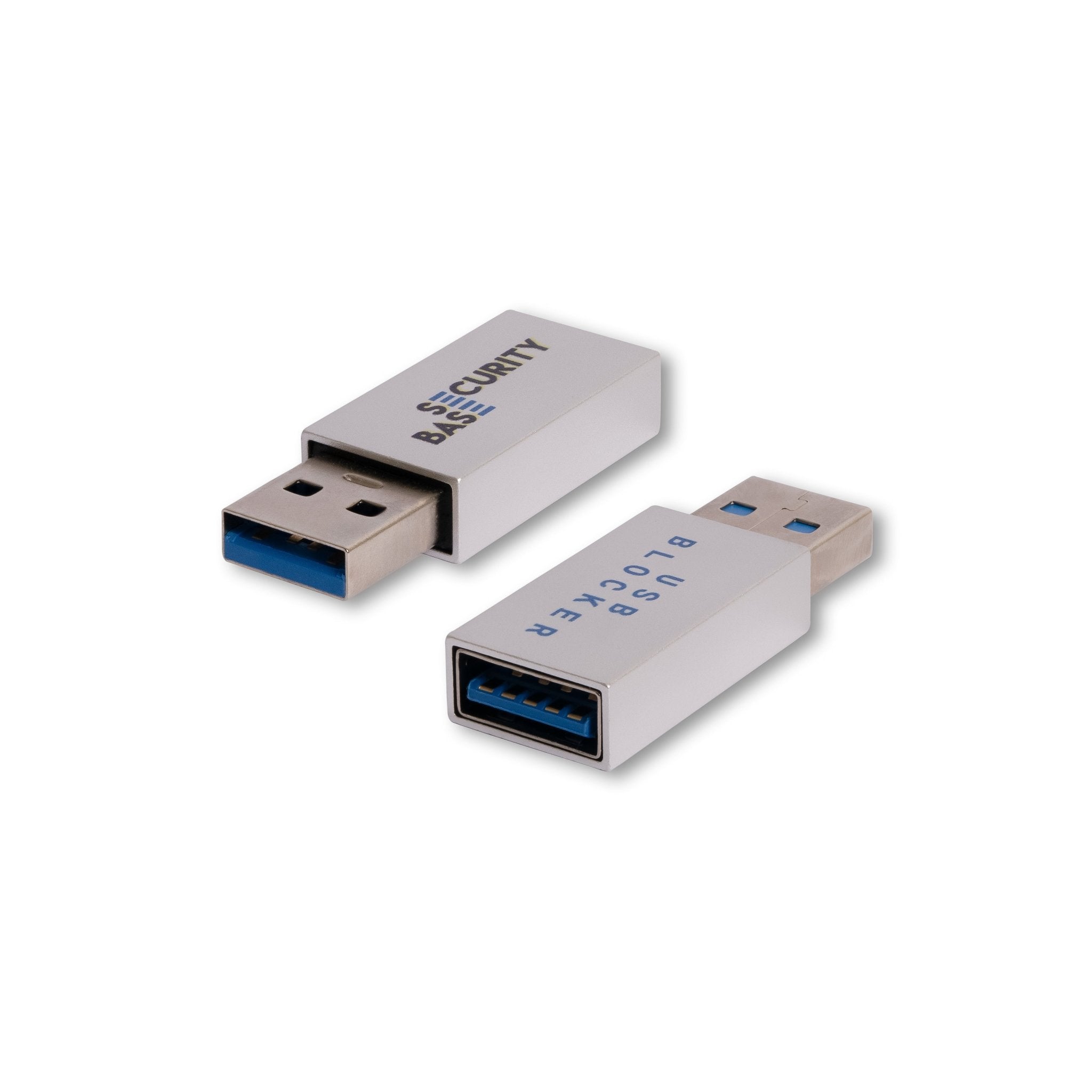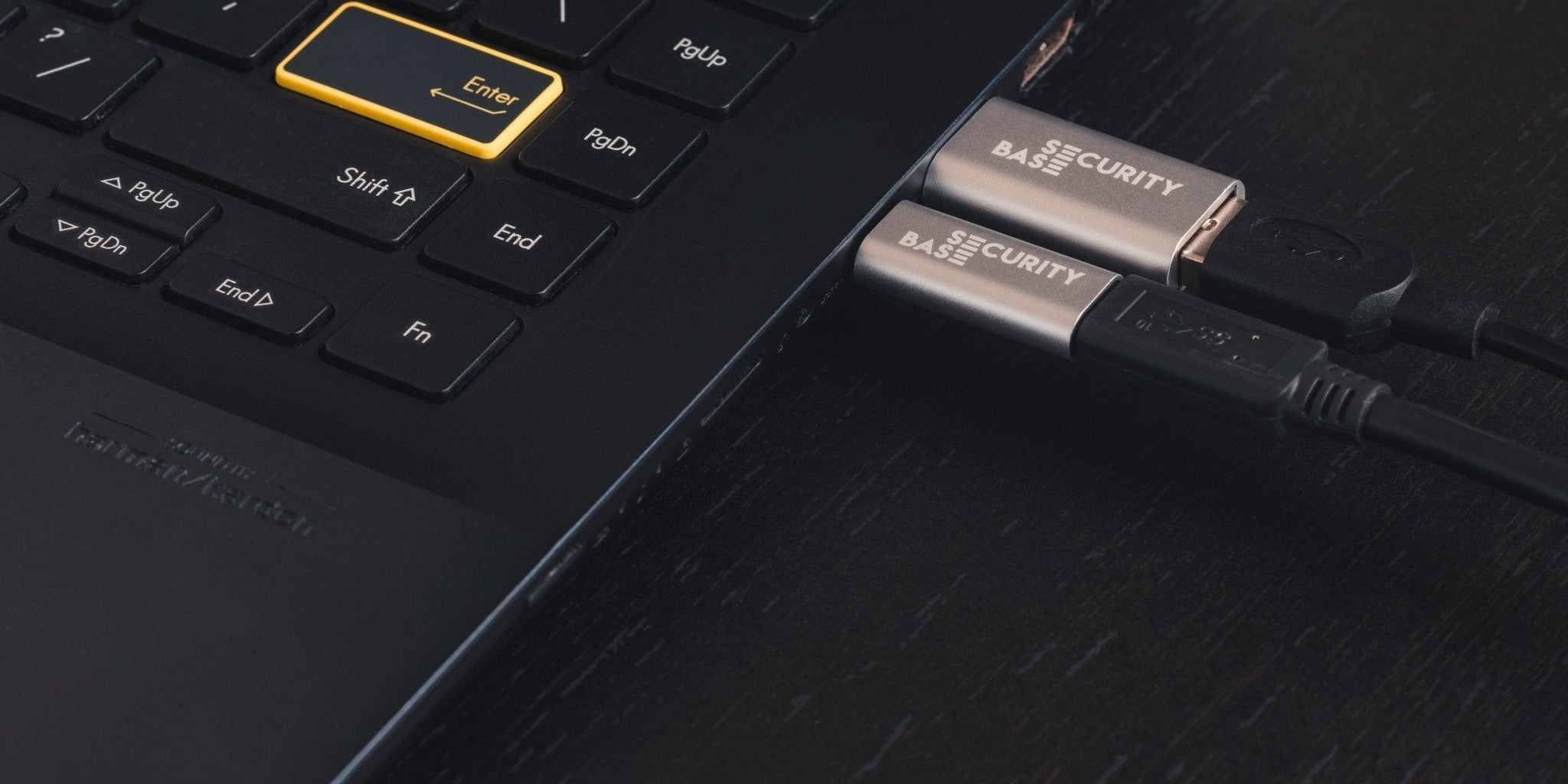It's hard to imagine life without our smartphones, tablets, and laptops. They have become essential tools for communication, work, and entertainment, but they also come with a crucial dependency: power. And when those batteries start running low, finding a public USB charging station can feel like a lifesaver. But have you ever stopped to consider the potential security risks associated with these seemingly harmless charging stations? The answer, unfortunately, is yes. Public USB charging, while convenient, can expose you to a unique cybersecurity threat known as Juice jacking. The FBI warns against using public USB charging stations and the Federal Communications Commission is also addressing the risk.
What is Juice Jacking?
The term "juice jacking" might sound like something out of a cyberpunk movie, but it's a very real and present threat. It refers to a type of hacking attack where a malicious device is disguised as a legitimate charging station. These devices are cleverly designed to look innocent, often found in public places like airports, hotels, coffee shops, and even libraries. The problem is that instead of simply providing power, these stations can secretly steal data from your phone or even install malware onto your device, leaving you vulnerable to a range of cyberattacks.
Understanding the Mechanics of Juice Jacking
To understand juice jacking, you need to know a little bit about how USB cables work. A standard USB cable contains four wires: two dedicated to data transfer and two dedicated to power. A malicious device can exploit those data wires to connect to your phone, even if you're only intending to charge it. This means that while you're innocently plugging your phone in to get a quick charge, an attacker can be simultaneously accessing your phone's data, stealing sensitive information, or even installing harmful malware.
The Evolution of Juice Jacking Techniques
Juice jacking techniques have evolved over time, becoming increasingly sophisticated. Here's a look at some common methods used by attackers:
- Malicious USB Charging Stations - These devices might be disguised as legitimate charging stations, but they contain hidden hardware that allows an attacker to monitor or control devices connected to them. They often have a seemingly normal appearance to blend in with legitimate charging stations. Attackers might even go so far as to create custom-made charging stations that mimic the design of popular brands, making them even more difficult to distinguish from legitimate devices.
- Tampered USB Cables - A seemingly innocent USB cable can be modified to contain a hidden data chip or a small circuit board. These modifications allow an attacker to access your device when plugged in, even if you are not actively using the charging station's data transfer functionality. Attackers might simply purchase standard USB cables and modify them themselves, or they might produce counterfeit cables that are designed to look and feel like genuine cables.
- Public Computers - Don't think that you're safe just because you're using a public computer to charge your device. Malicious software can be installed on public computers, allowing attackers to access and control any device connected to them, including phones, tablets, and even laptops. This is particularly dangerous in settings where users are encouraged to connect their devices to the computer, such as in libraries or internet cafes.
- Fake USB Power Only Adapters - Attackers might create devices that look like a USB power only adapter, but they still contain hidden data transfer capabilities. This is a particularly dangerous technique because it tricks users into believing they are using a safe charging method. Attackers might create these devices using a combination of 3D printing, circuit boards, and off-the-shelf components, making them incredibly convincing to unsuspecting users.
The Risks of Juice Jacking
The potential consequences of falling victim to a juice jacking attack can be serious, ranging from minor inconveniences to significant financial losses and even identity theft:
- Data Theft - Attackers can steal your personal information, including passwords, credit card details, banking information, and even photos and contacts. This can lead to unauthorised access to your online accounts, fraudulent transactions, and even the compromise of your personal data.
- Malware Infection - Your device could be infected with malware, such as viruses, spyware, ransomware, or trojans. These malicious programs can wreak havoc on your device, steal your data, or even take control of your device remotely. Malware can be used to steal your personal information, track your online activity, or even hold your data hostage for ransom.
- Identity Theft - Stolen personal information can be used to open new credit cards, apply for loans, or even commit identity theft. This can have devastating financial and legal consequences, taking months or even years to recover from.
- Financial Loss - If your bank account information is stolen, you could be at risk of fraudulent transactions and financial losses. Attackers can use stolen financial information to make unauthorised purchases, withdraw funds from your account, or even drain your entire savings.
- Privacy Violations - juice jacking attacks can also compromise your privacy by allowing attackers to access your personal data, including your browsing history, emails, and text messages. This information can be used to blackmail you, harass you, or even damage your reputation.
Staying Safe: Practical Tips to Protect Yourself
Don't let the fear of juice jacking stop you from charging your devices in public. By taking some simple precautions, you can significantly reduce the risk of falling victim to this type of attack:
- Use a USB Power Only Adapter - These adapters, often referred to as USB Data Blockers are designed to provide power only, without any data transfer capabilities. They are a safe and effective way to charge your devices in public, as they eliminate the possibility of data transfer during charging. Look for adapters that are certified by reputable organisations, such as SecurityBase to ensure their safety and reliability. You can get them in our webshop.
- Carry Your Own Charging Cable - Never rely on the cables provided at public charging stations. Always bring your own cable with you, especially if you are charging your device in an unfamiliar place. This helps ensure that the cable you are using is not tampered with and doesn't contain any hidden data transfer capabilities. Choose cables that are durable, have a strong connector, and are made from quality materials.
- Consider a USB Condom - USB data blockers, physically block the data pins on a USB cable, preventing any data transfer while still allowing charging. This is a particularly useful option if you find yourself in a situation where you have to use a public USB port and don't have your own charging cable. Look for USB condoms that are specifically designed to block data transfer and are compatible with your device.
- Be Cautious of Public USB Ports - If you must use a public USB port, be extra cautious about where you plug in your device. Look for charging stations in well-lit, secure areas and avoid using charging stations that look suspicious or damaged. Pay attention to the condition of the charging station and the surrounding environment.
- Disable File Transfer Mode - Many phones have a setting that disables file transfer mode when connected to a USB port. Enabling this setting can help prevent data transfer even if you are using a tampered cable or a malicious charging station. Check your device's settings and enable this feature for added security. *
- Use a Portable Power Bank - If you are worried about the security of public charging stations, consider investing in a portable power bank. This will allow you to charge your devices without having to rely on public charging stations. Choose a power bank with a high capacity and a reputable brand. * *
- Be Aware of Your Surroundings - Always be mindful of your surroundings when charging your device in public. If you notice anyone acting suspiciously or trying to access your device, remove it immediately and move to a safer location. Trust your instincts and don't hesitate to leave if you feel uncomfortable.
- Update Your Device's Software - Keeping your device's software updated helps ensure that you have the latest security patches and vulnerabilities are addressed. This is a critical step in protecting your device from malware and other threats.
- Install a Mobile Security App - A good mobile security app can provide an extra layer of protection by scanning your device for malware, blocking suspicious apps, and securing your data. Choose a reputable app that has been reviewed and tested by independent security experts.
Simple tips to charge safely
Juice jacking is a growing threat, but it doesn't have to keep you from charging your devices in public. By following these simple tips and staying vigilant, you can minimise the risk of becoming a victim of this type of attack. Remember, it's always better to be safe than sorry, especially when it comes to your personal data and the security of your devices. The digital world is full of convenience, but it also comes with its share of risks. Being informed and taking proactive steps to protect yourself is the best way to enjoy the benefits of technology while staying safe online.

